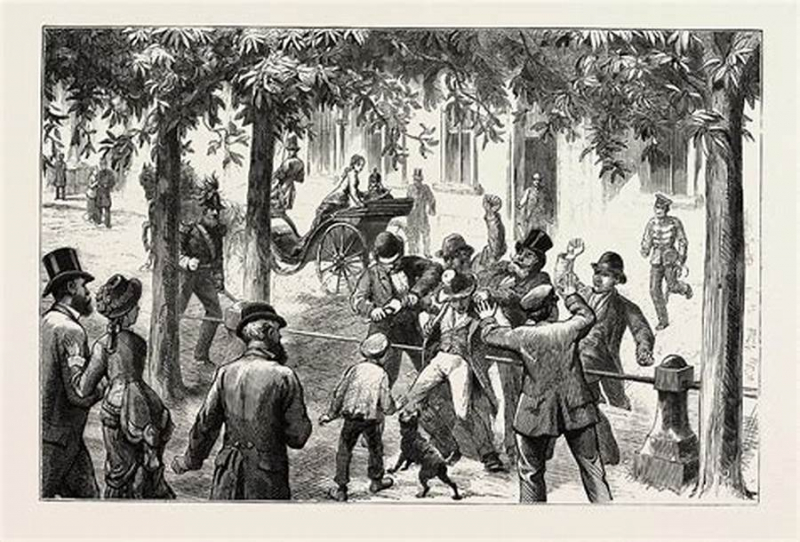Baltimore riots 1861
Abraham Lincoln received a stern letter of caution from Baltimore Mayor George W. Brown in the late afternoon of April 18, 1861. The passing of troops has "exasperated the public to the fullest degree," Brown wrote. The 4th Artillery Regulars and five companies of Pennsylvania militia raced into a mob throwing rocks at the Bolton Street station earlier that day. Black orderly Nicholas Biddle, 65, was the target of the mob's ire. Even though it was a tiny occurrence, it showed the racial tensions that led to the American Civil War.
The city had a civil war on Friday, April 19, between Democrats and Confederate supporters on one side. The Massachusetts and Pennsylvania militia regiments, who had been enlisted in federal service, were traveling to Washington, the nation's capital. The battle started at the President Street Terminal and moved to Presidents Street, Howard Street, and finally the Camden Street Terminal before ending there. The riot is frequently referred to as the "first carnage of the Civil War" since it resulted in the first battle dead of the American Civil War.
The city had a civil war on Friday, April 19, between Democrats and Confederate supporters on one side. The Massachusetts and Pennsylvania militia regiments, who had been enlisted in federal service, were traveling to Washington, the nation's capital. The battle started at the President Street Terminal and moved to Presidents Street, Howard Street, and finally the Camden Street Terminal before ending there. The riot is frequently referred to as the "first carnage of the Civil War" since it resulted in the first battle dead of the American Civil War.







